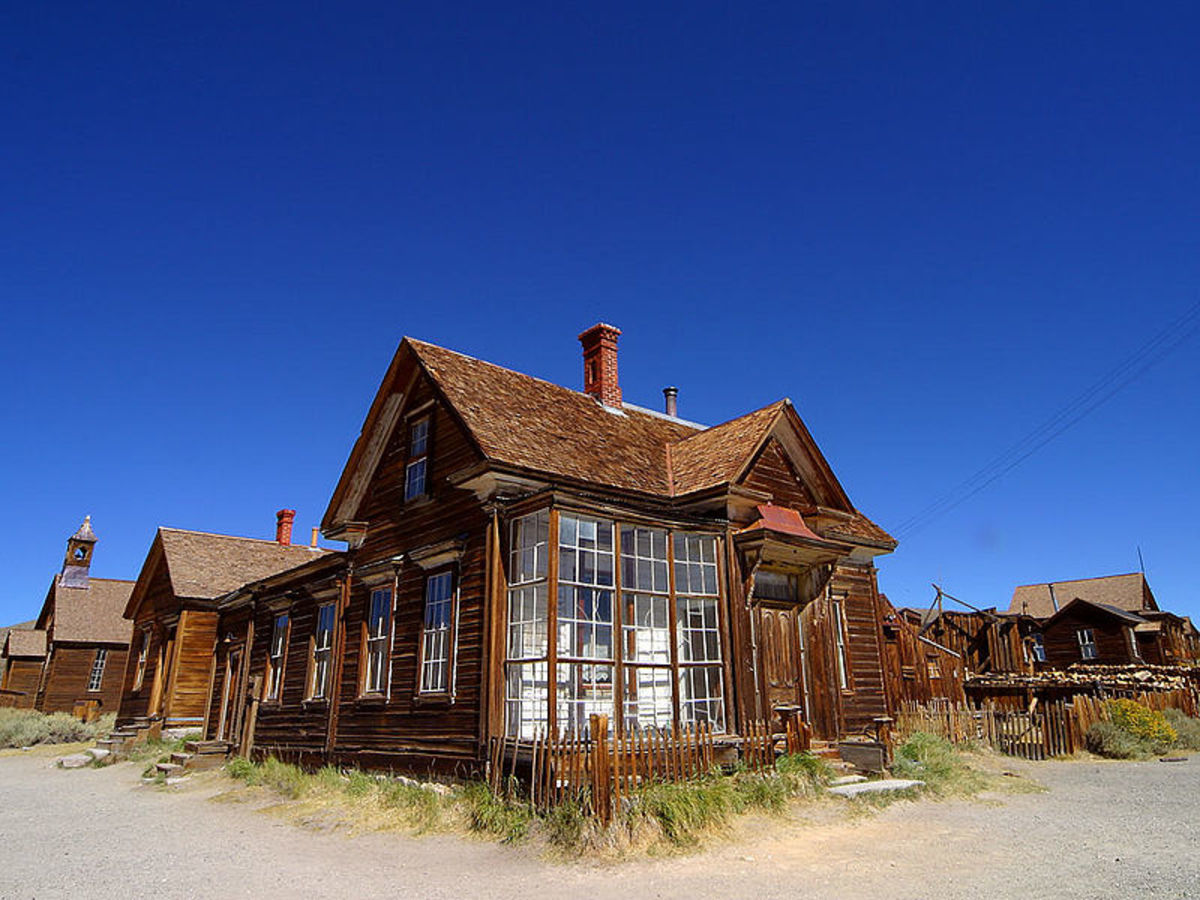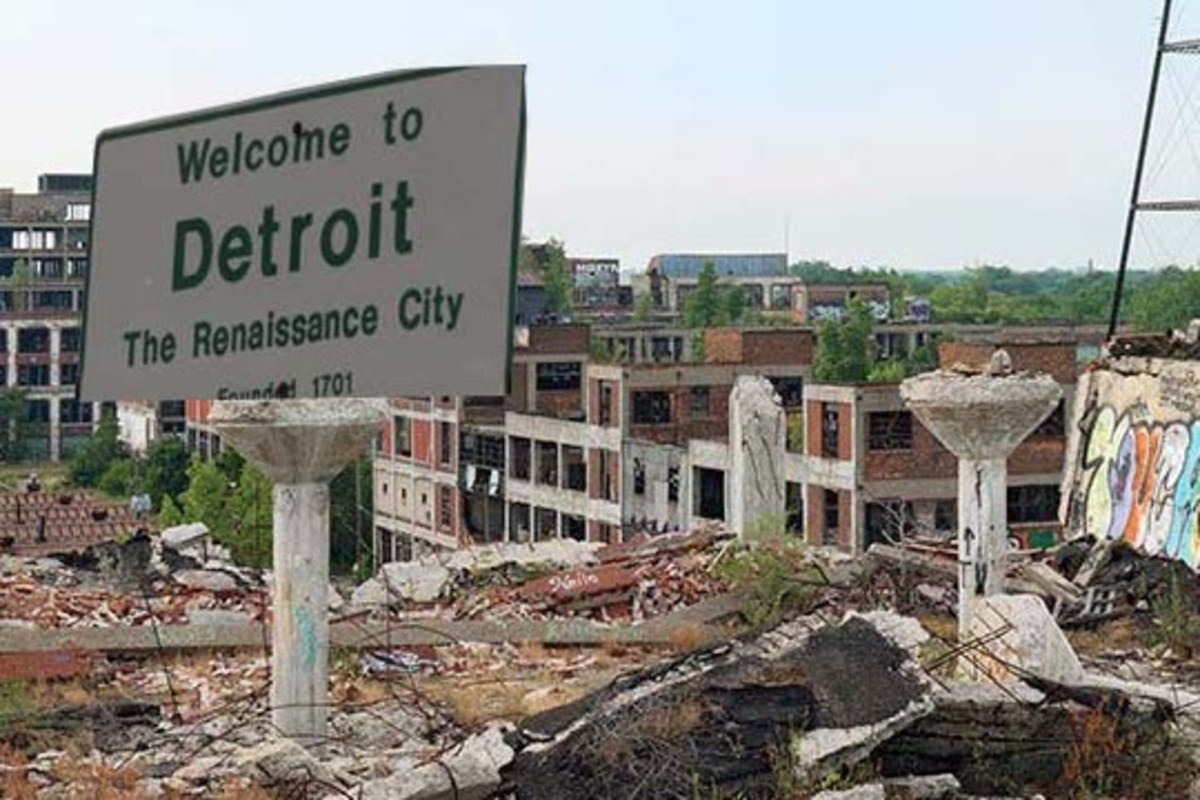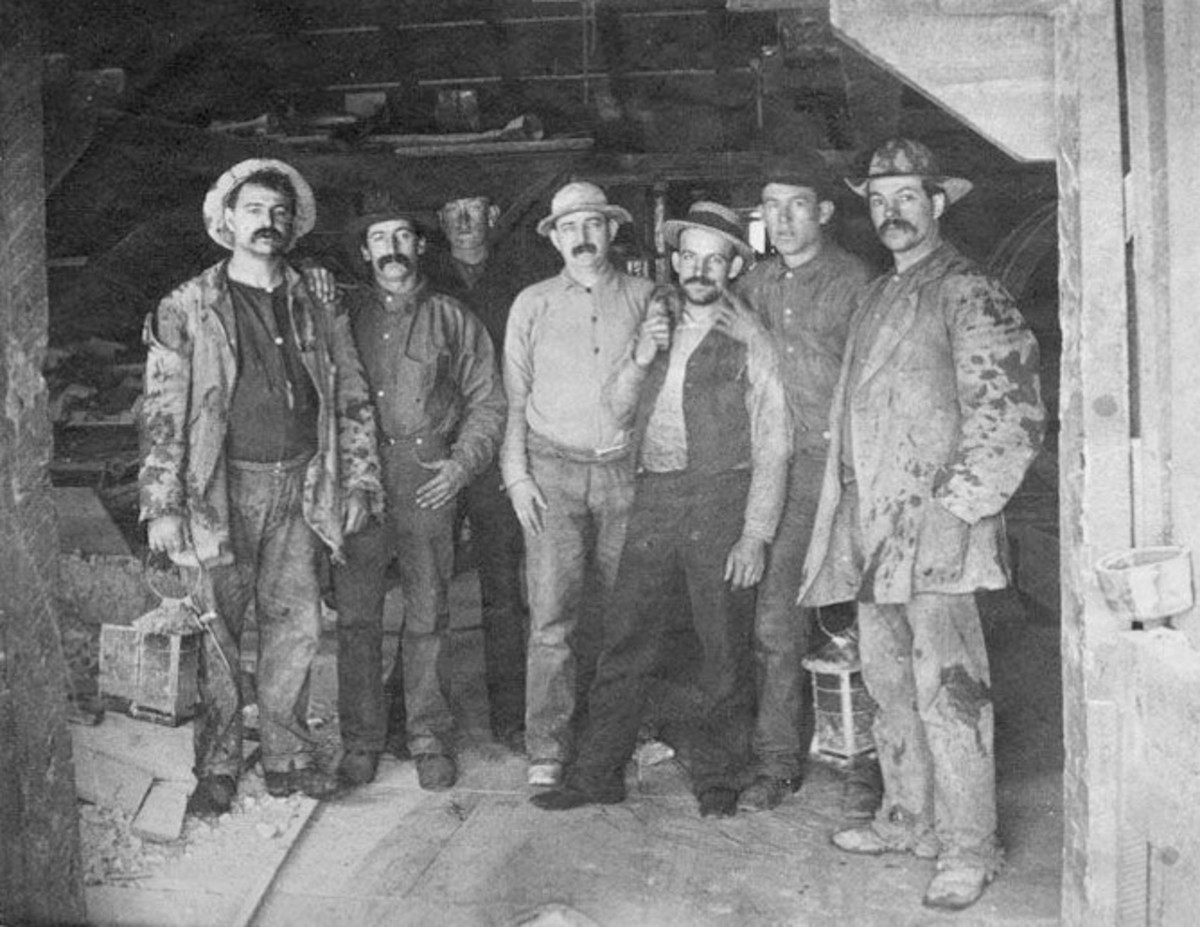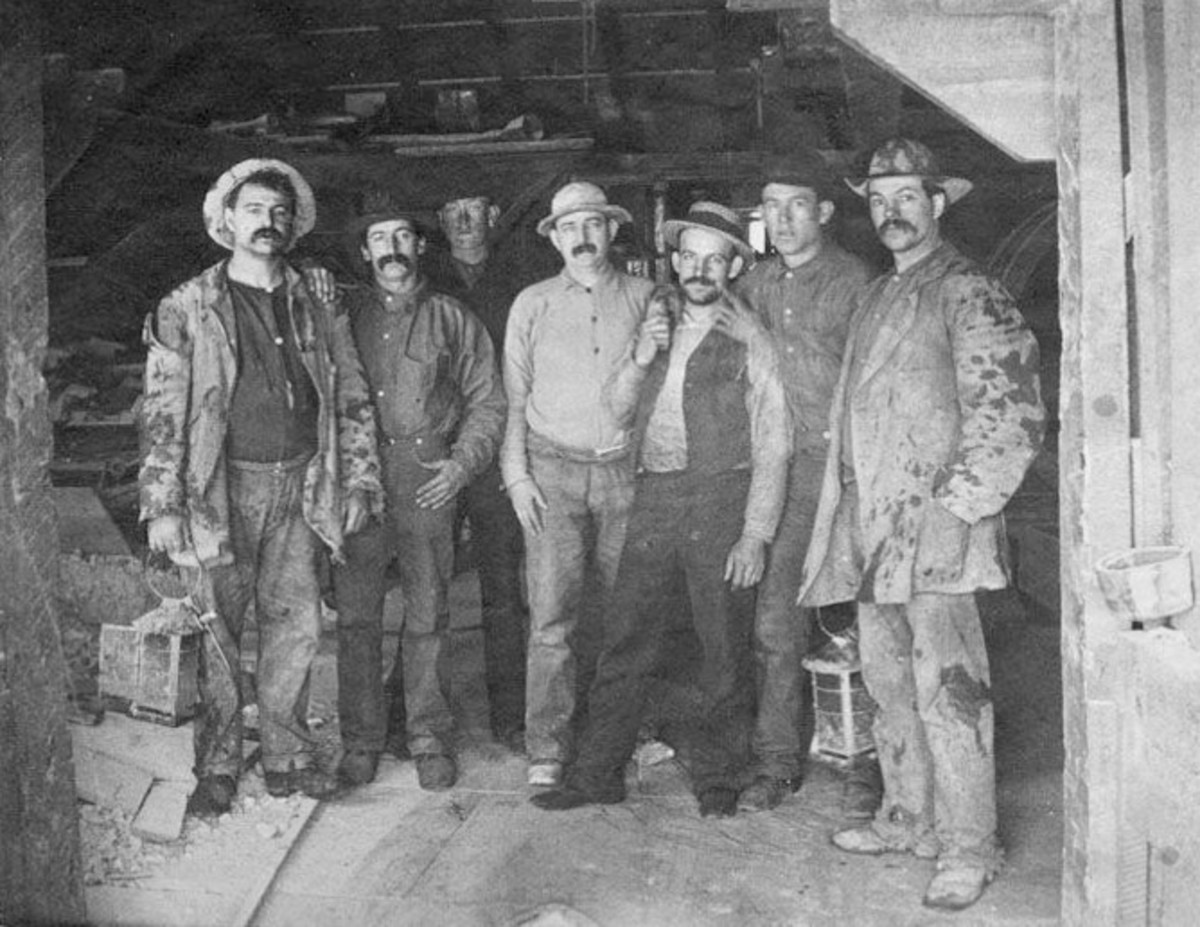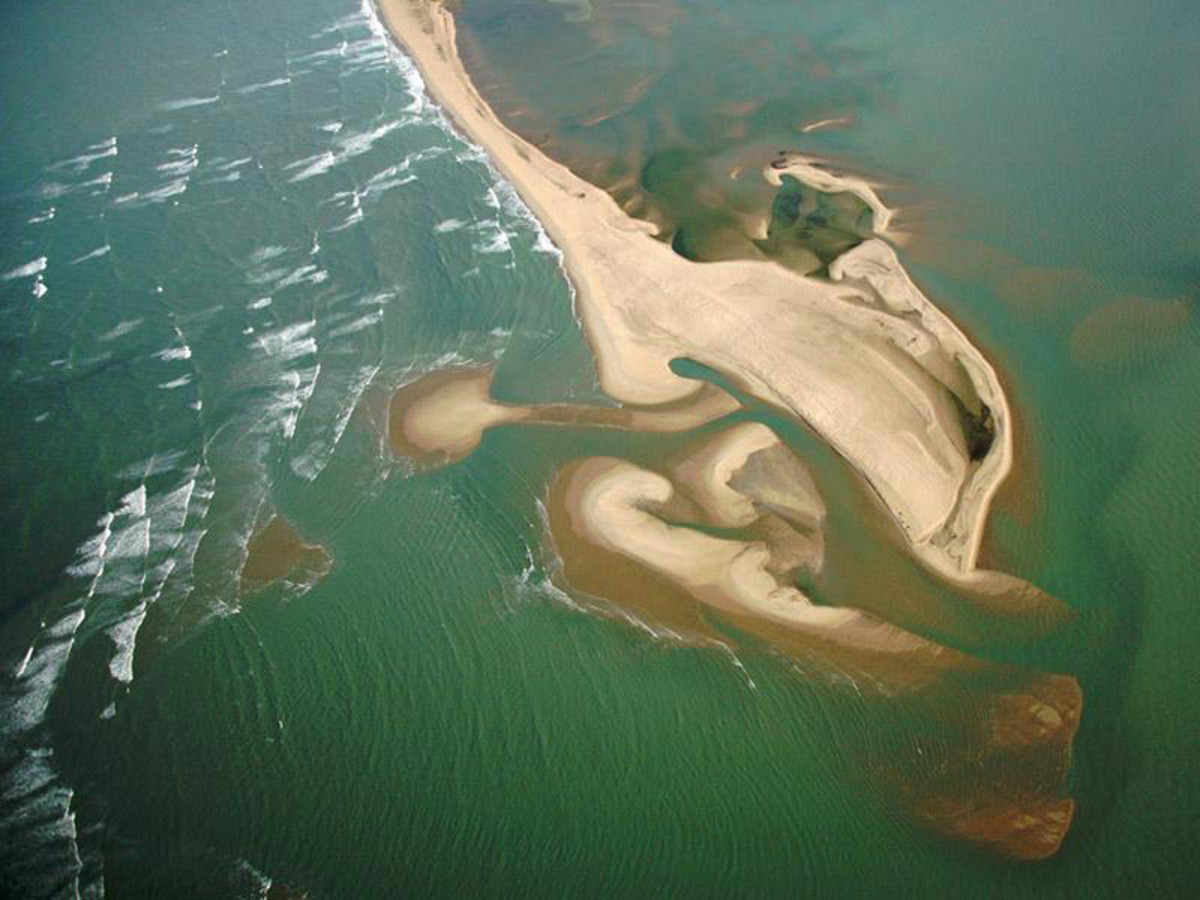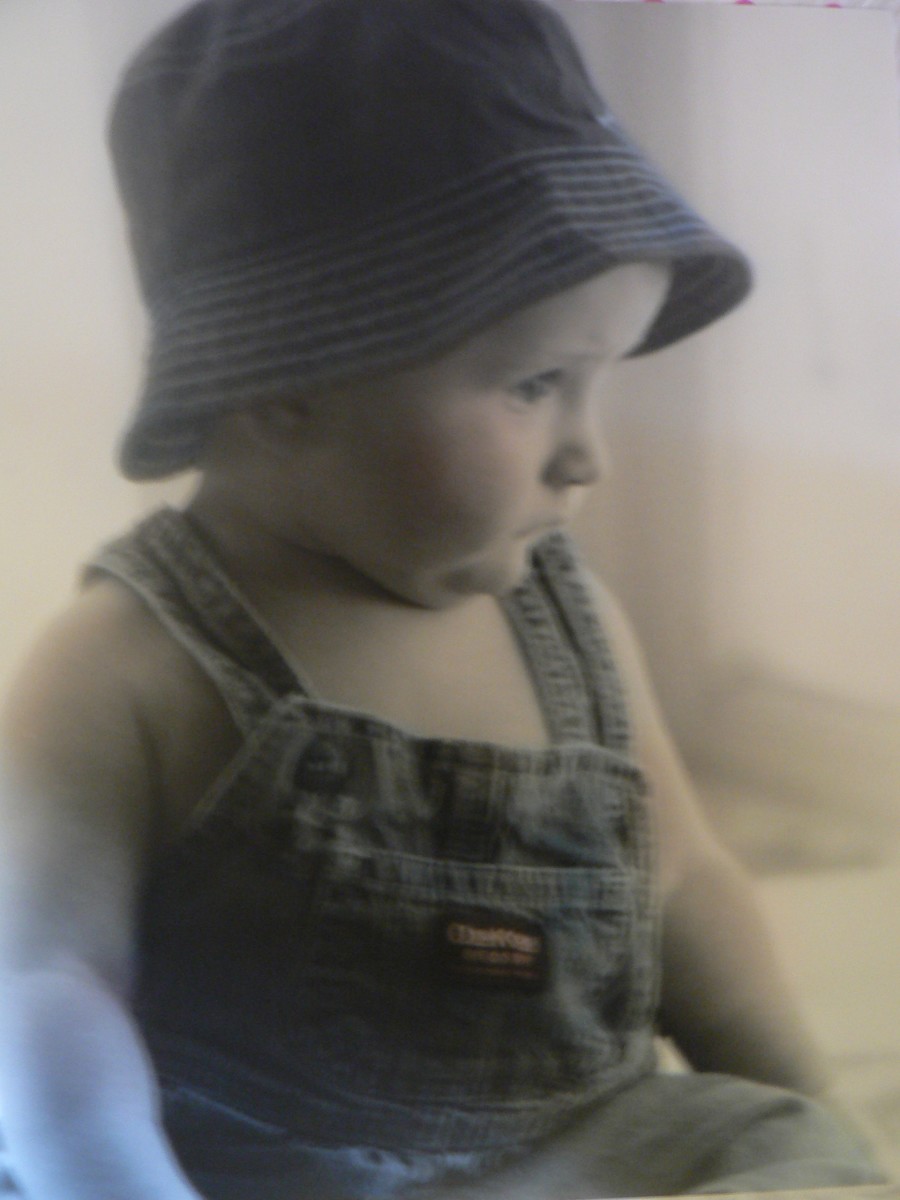Photo Series- a Ghost Town
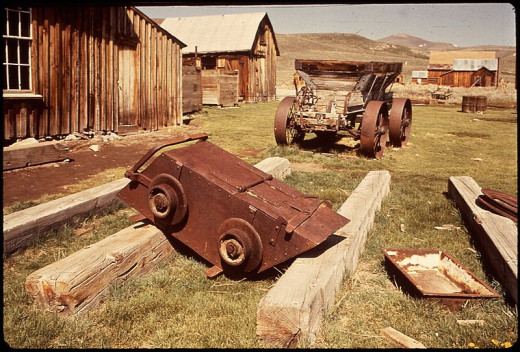
You can begin the project by identifying your subjects and plan a trip. Often these locations are found on private lands and obtaining permission is a must. Rarely will the owner(s) of these tracks of land will deny you permission, but it is advisable to ask and it is the law.
Some ghost towns however can be found of public lands and many are in remote ares which is probably one of the reason why they were abandoned in the first place.
You can concentrate on a variety of motifs like ghost towns of the Old West, modern abandoned construction projects like several in the Nevada area. individual houses left behind after a natural disasters and so on.
Keep in mind that many of these ghost towns have become tourist attractions and can be photographed at will although you will have to come up with the entrance fees and these tourist attractions have received some modifications from when they were first abandoned, usually for safety's sake.
They are still good subjects but the better photographs usually come from such towns that no human has touched for quite some time. They make for the most realistic images to begin with.
Just because a scene does not necessarily presents us with pleasing views or has elements which any viewer may enjoy because of the colors involved or the interesting details that may be present does not by itself mean that an astute photographer may not find yachting of "value" to photograph.
Such scenes may be composed of things that are faded, forgotten, in a state of decay and many other subjects. One particular photographic theme is any of the many so called "ghost towns" which can be found all over the world.
Regardless of the circumstances that led to the town being deserted and in essence abandoned, these often presents us with a way of life that no longer is and we can begin to appreciate the history of these towns and get to imagine how life was when it was occupied.
For a short definition of what many consider a ghost town to be we turn to Wikipedia: "A ghost town is an abandoned village, town or city, usually one which contains substantial visible remains. A town often becomes a ghost town because the economic activity that supported it has failed, or due to natural or human-caused disasters such as floods, government actions, uncontrolled lawlessness, war, or nuclear disasters. The term can sometimes refer to cities, towns, and neighborhoods which are still populated, but significantly less so than in years past; for example those affected by high levels of unemployment and dereliction." Wikipedia
Part of the project should include a brief history of each location and this would include some of the reason for its abandonment. They can range from weather phenomena, an upheaval in its economy like the towns that sprung up next to gold mines and were just as quickly abandoned once the mines had dried up. Other factors may include wars, human intervention like when a railroad company bought it to make room for the trains tracks, or political changes. One notable "modern" ghost town is the city of Pripyat, Ukraine, which was hurriedly abandoned or rather evacuated after the Chernobyl disaster.
Including the history of the location add a human element and makes your viewers able to connect on a deeper level with the images. Plus including an article makes it easier for editors to pick up on the story and increases your chance of making a sale.
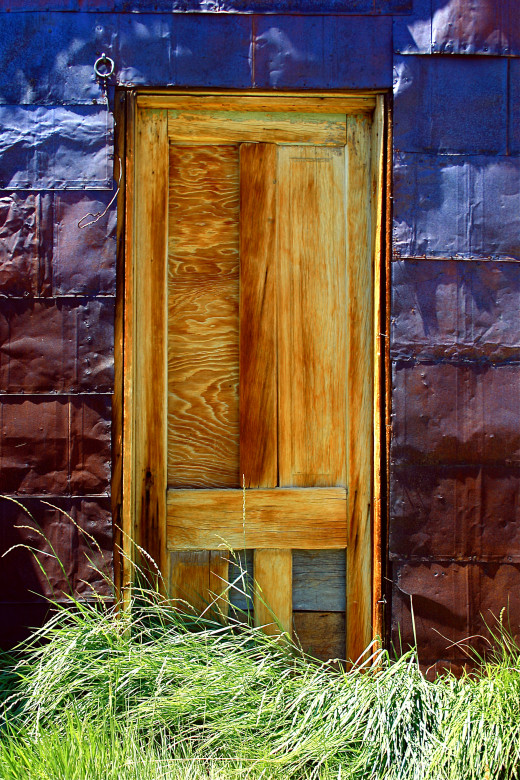
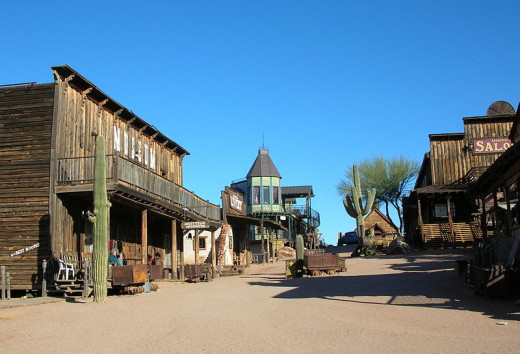
Any ghost towns in your part of the world?
So how do you photograph a ghost town? Start by capturing images with a wide lens so that the entirety and general location is easy viewed by your audience.
Then use a regular lens to capture smaller individual "houses", living quarters, facades of some of the buildings, maybe some signs like the ever present "saloon" found in many Old Western photographs, abandoned vehicles, and the more rustic the vehicles the better, maybe some other locations like churches, store fronts, playgrounds. Basically any scene that will tel its story through your pictures.
Take different angles like high ones. and low ones. Low angle shots featuring a rusting vehicle in the forefront with a dilapidated building in the background make for some very interesting scenes. remember to use a small aperture so that everything is sharp.
Also try to add the atmosphere of mystery by taking some shots at night or dusk. This goes a long way towards reminding your audience that the photos are of a ghost town.
If you come across scenes or subjects that presents you with an interesting shape but not much in color or any other interesting details, then photographing them in silhouette form may be a good alternative. Try to isolate single subjects when doing silhouettes.
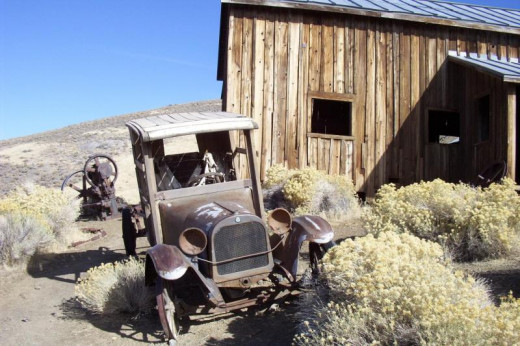
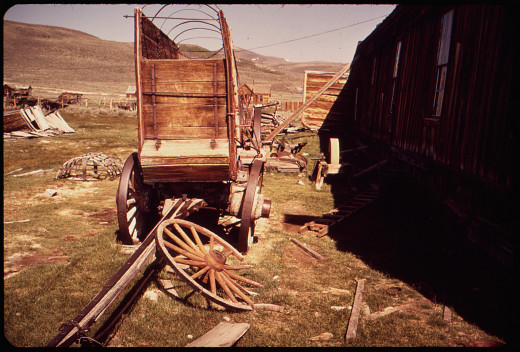
Other elements which should never be overlooked are interesting details that by themselves do not readily become identifiable as being part of a ghost town but when put together in an article or form part of a compilation of images adds dimension and interest.
Look for weathered surfaces like the sides of some building, on signs, on doors and windows, rusted metal cans, pipes, broken chairs, and anything else that can stand on its own.
Try to find subjects where the name or location or information about the town is written like population signs, most water towers and on some cemetery plaques.
Do not be afraid to use photo filters or push the limits of your gear to add interesting effects to these images.
Also worth considering is taking some shots using a monochromatic medium like black and white or sepia. These formats give the images a nostalgic look and feel.
- Ghost Towns and History of the American West
Ghosttowns.com-the best source of information on ghost towns in the American West. Ghost towns are listed bystate & include biographies, pictures, and otherdetailed ghost town historical information
A good marketing technique for your ghost town shots is to use them in a project featuring a list of such places in your part of the world. Such a list that includes good photography, directions, prices, and any other useful details are hot sellers and you should not have any trouble submitting it to editors or using it in an e book.
Your images may also be useful to be converted to a calendar, in greeting cards, posters and for historical uses as well.
Many local tourist governing boards can always use images that highlight interesting details about their region and they should be among the first clients that you should approach if selling your images is one of your priorities.
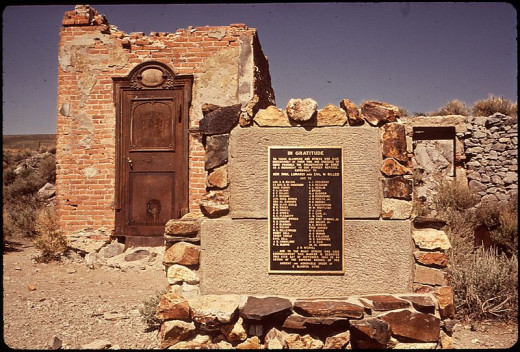
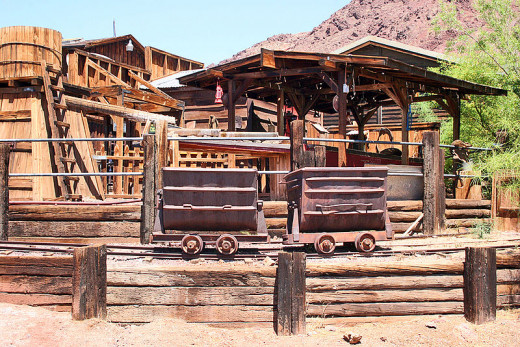
Any abandoned towns where you live?
© 2013 Luis E Gonzalez




